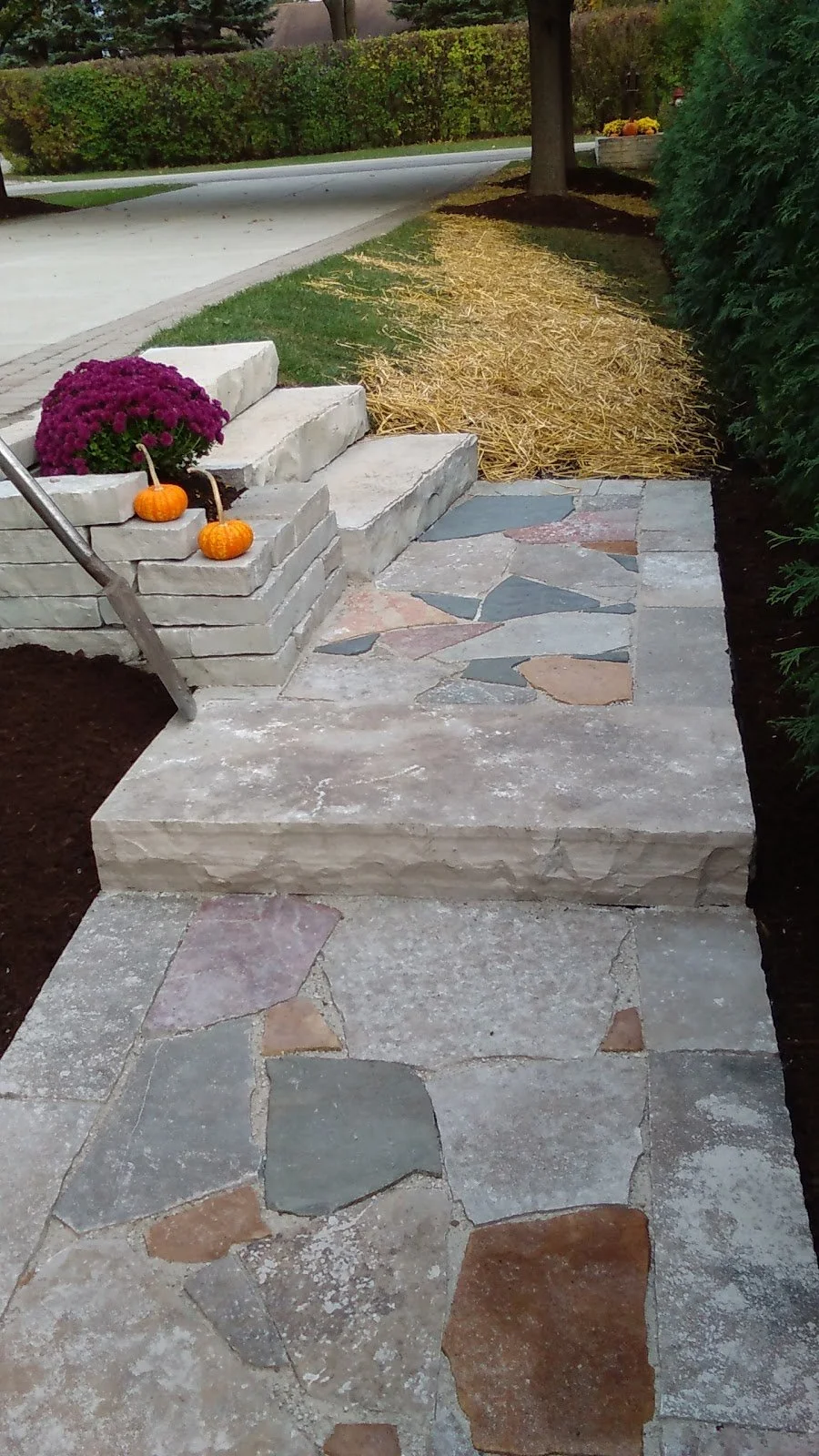Picking the Right Stone for Your Landscape Project
With the technology we have today, it is easy to discover cool and interesting ways to landscape your yard.
But just as you have been hearing ‘buy local’ for produce the same is true for stone. Each region of our country has rocks that are unique and plentiful. When starting out your landscaping projects, it is best to keep in mind that a stone that is not natural to the area will cost more and have a higher economic impact to bring to the area. You also want to remember a stone that is unnatural to the area could potentially look unnatural in your yard. If you want to stay within a budget then you want to stick with local stones.
A quick look into the different regions of the U.S. will help explain why there are different colored stones and why they are more plentiful in certain areas. Certain colored stones come from specific areas due to the mineral deposits in the earth as the stones are forming.
The Southwest is known for red-colored stones due to the iron deposits in the earth.
Same with Pennsylvania blue stone, due to the mineral deposits in the earth when the stone is formed it gives the stone a silvery blue color, and just as the name implies the stone comes from Pennsylvania and New York.
The Midwest is known for limestone and granite. Most of the colors you will find in the area come in a variety of gray tones. Granite stone (also known as Wisconsin Granite) can have a little bit more variety with reds, pinks, and purple tones. Occasionally a vein of limestone is formed with minerals causing it to be more yellow/tan in color, these are not as common as the gray tones, but can be found in the area.
Steppers
Steppers come in multiple types of stones. They range from 1” to -2.5” in depth and are irregularly shaped. The most common steppers in the area are the Fond Du Lac limestone, which is gray in color and comes from Fond du Lac, WI.
Here is a Fond du Lac flagstone path. There is a slight variation in the gray tone between each piece. Paths like this are beautiful but require quite a bit of manual labor to install and need upkeep over the years to keep the weeds out from between the joints.
Looking for some color, but still on a budget? You can use the limestone for the majority of your path and use a few pieces of a different type of flagstone to create some interest and color variation without breaking the bank.
**Flagstone is made of the same material as steppers, but the pieces are much larger than two feet by two feet. The flagstone requires two people to carry and due to the large nature can break easily.
Interested In Installation?
Outcropping
Outcropping stones are just what the name implies, it is the outermost (outcrop) layer of stone. The quarries break chunks off at a time, creating large and irregular-shaped pieces of stone.
Cut Drywall
Cut drywall are cut pieces of stone, usually ranging in 4”-6” in depth. These stones have a more uniform shape and are great for creating walls.
Washed Stone/Riverbed Stone
For drainage in an area it’s best to use a river bed, or washed stone. These stones will not compact and will allow the water to run without washing away. They are mostly gray with some darker blue hues and red/brown tones mixed in.
Cobblestone
Wisconsin granite cobblestones can come in a variety of sizes. They are great for lining gardens. Larger stones can be used as decoration, or to create walls. Keep in mind the larger the stones the heavier it is. Heavier stones are more costly and harder to move.

















